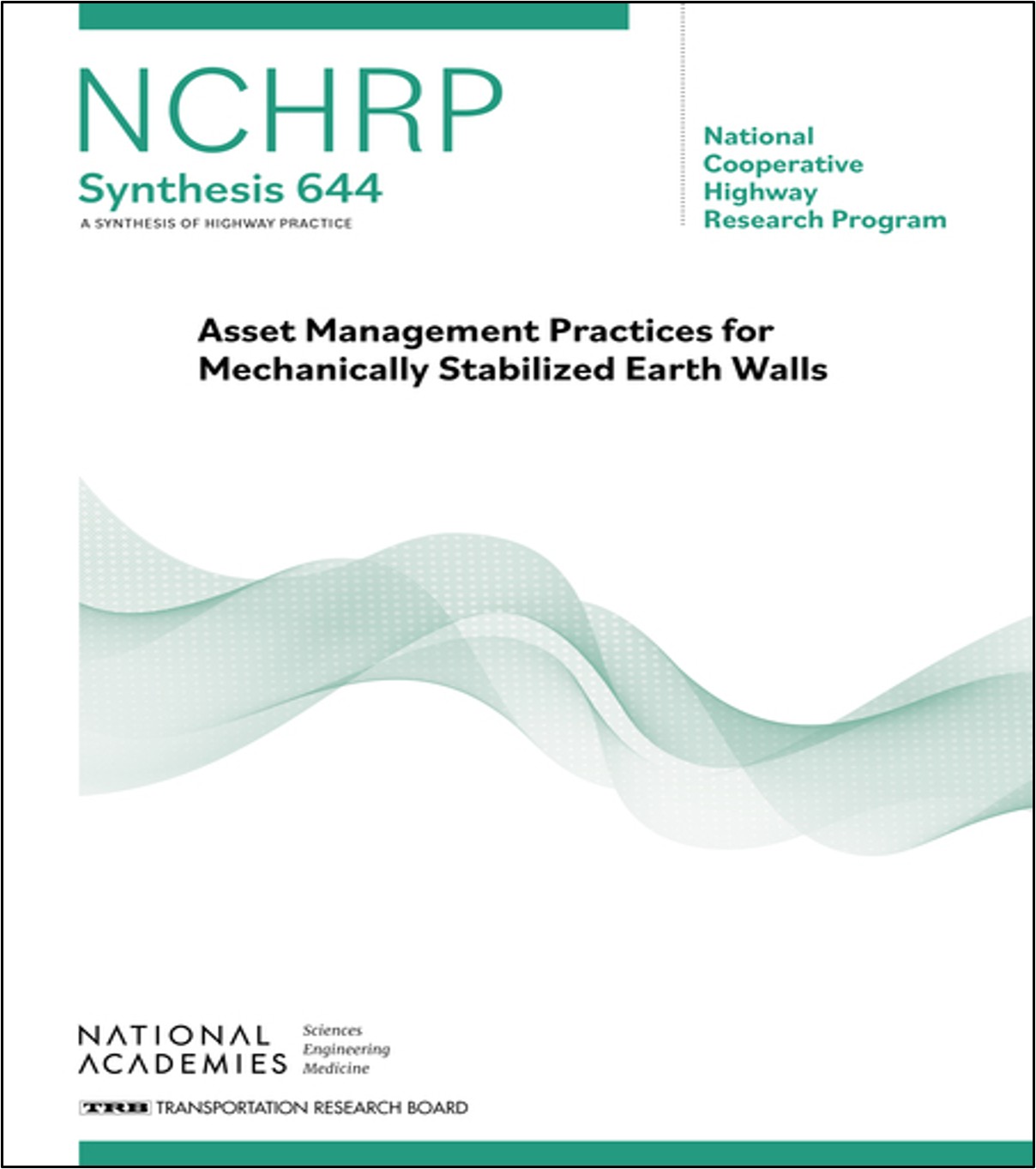Mechanically Stabilized Earth Walls
NCHRP's Asset Management Practices for Mechanically Stabilized Earth Walls documents DOT asset management practices for these common roadway structures.
Mechanically stabilized earth (MSE) walls are structures that rely on reinforced compacted soil backfill for wall performance. Introduced in the 1970s, they are typically both cost- and time-efficient to construct and can tolerate more horizontal or vertical deformation while maintaining support for the roadway than other types of retaining walls.
Most MSE walls managed by DOTs are younger than their design lives. Design guidance, reinforcement materials, and construction protocols for MSE walls have all been updated since the first MSE walls were constructed, however no standard guidance document for asset management of MSE walls currently exists.
The objective of this synthesis is to document DOT practices on asset management of MSE walls, including maintenance and rehabilitation of deteriorated walls, inventory and assessment practices, and development of risk and life-cycle costs.
Who is NCHRP?
The National Cooperative Highway Research Program conducts research in problem areas that affect highway planning, design, construction, operation, and maintenance in the United States.
Administered under the Transportation Research Board (TRB), NCHRP is a collaborative effort between the Federal Highway Administration (FHWA) and the National Academy of Sciences.

